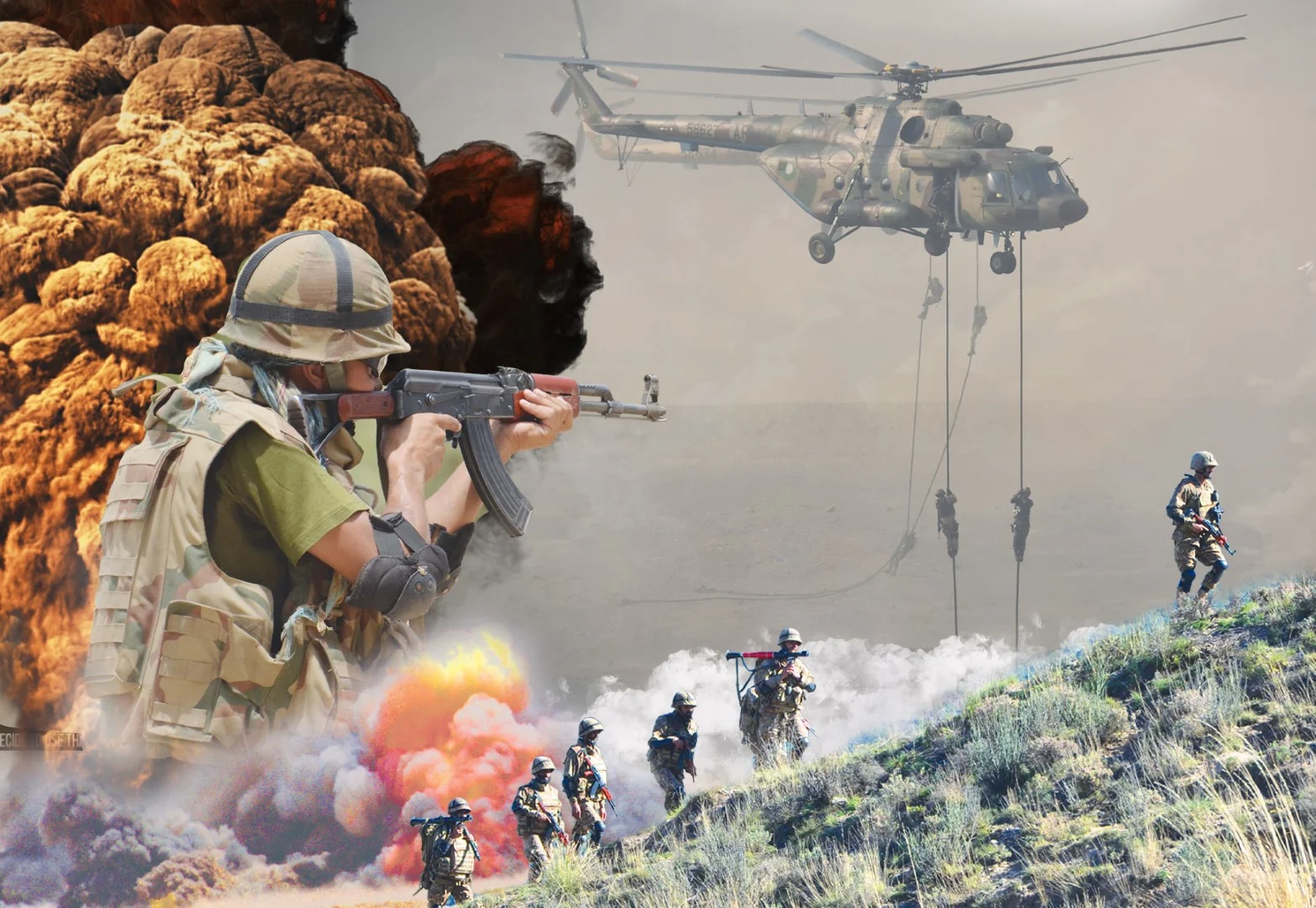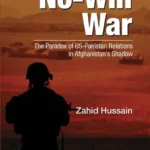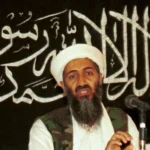Based on the thread initiated by Fidato (tequieremos), we are presenting the subject matter in its more expansive format. Enjoy reading!
The United States launched its War on Terror post 9/11 and the main targets were Al-Qaeda and the Taliban who were located in Afghanistan. The US-led allied forces carried out the extensive bombing of the areas where these groups were located. The only way out for these terrorists was the valleys that connected the FATA region of Pakistan with Afghanistan. They poured into the region in huge numbers. To flush them out several operations were launched by Pakistan Army. Details regarding some of them are as follows:
Major Military Operations by Pakistan Army
Major Military Operations Undertaken by Pakistan Army against AL Qaeda and its affiliates post 9/11:
1. Operation Al Mizan (Justice/Balance)
It is a blanket reference to all military actions, deployments, and operations undertaken between 2002 and 2006, post 9/11, in which approximately 70,000-80,000 troops participated. Al Mizan was conducted in the tribal areas (mostly South Waziristan Agency) to flush out the foreign fighters of Al Qaeda who had escaped to the tribal areas after the US invasion. During this time, a number of dialogues were held, and peace deals were cut with the militants with a view to stabilizing the situation, minimizing civilian casualties, and salvaging those fighters who would still listen to reason.
2. Operation Raah-e-Haq in Swat (2008)
At the end of 2007, post 9/11, Pakistan Army commenced a series of military operations against the Taliban in Swat which was sporadically spread over the next two years. These included Raah-e-Haq 1 (October-December 2007), Raah-e-Haq 2 (July 2008), and Raah-e-Haq 3 (January 2009).
3. Operation Sherdil in Bajaur Agency (Sept 2008)
Bajaur, though the smallest of the agencies was significant nonetheless as a major route to Afghanistan passed through it from the location of Loisam. Taliban had captured Loisam in Aug 2008. The operation was launched by FC under the command of Inspector General Frontier Corps Maj Gen Tariq Khan, an officer known for his courage and for transforming the FC into a potent force. FC was supported by troops under the leadership of Commander 11 Corps Lt Gen Safdar Hussain. Lashkars especially the Salarzai tribe actively took part in the fight. The bulk of the area was cleared and the important town of Damadola was finally wrested from Taliban control. The operation led to the death of around 1000 militants.
4. Operation Sirat-e-Mustaqeem in Khyber Agency (2008)
While militancy was not new to the Khyber Agency, yet TTP had never established a foothold in the area. Khyber agency previously saw skirmishes on the Deobandi-Barelvi lines. Prominent groups included Lashkar-e-Islam (LI) led by Mangal Bagh Afridi, “Amr bil Ma’ruf wa Nahy an al Munkar” led by Haji Naamdar, and Ansar-ul-Islam (AI) led by Qazi Mehboob. With the passage of time, LI and AI turned on each other and bloody feuds ensued. Tauheed-ul-Islam also joined against Lahkar-e-Islam.
TTP also aligned forces against LI to gain control of the area for its own use. Mangal Bagh rose to prominence through the use of FM radio transmissions and the kidnapping of businessman for ransom. These incidents caught the attention of federal forces which responded swiftly. The operation culminated in the signing of a peace deal in which LI accepted the government’s writ in the Bara area.
5. Operation Daraglum and Bya Daraghlum in Khyber Agency (December 2008- September 2008)
Khyber agency contained the strategic Khyber pass and the Pak-Afghan route passed through it. The increased presence of miscreants in the area who plundered the NATO supplies forced the Government of Pakistan to launch another operation.
6. Operation Zalzala in South Waziristan Agency (2008-09)
Operation Zalzala (earthquake) was launched after the collapse of the Sararogha peace deal between the government of Pakistan and Baitullah Mehsud because of the capture of Sararogha Fort by the Taliban. It was launched in January 2008 as part of Operation Tri-Star in which FC, Army’s 14th Division, and PAF elements participated. Militants were attacked at various points including Spinkai and Kotkai. One of the key targets was Qari Hussain Mehsud who was training suicidal attacks.
7. Operation Toor Tunder in Buner, Lower Dir and Shangla (2009)
Operation “Black Thunderstorm” or “Toor Tundar” was launched first in Lower Dir, then Buner, and later into other areas in April 2009, post 9/11. The operation was successful and militants were flushed out from the entire area. Foreign fighters including Libyan and Syrian had also been caught in the area.
8. Operation Raah-e-Raast in Swat (May 2009)
It began in May 2009 with operations in the town of Mingora, Malam Jabba, Peochar, and Bahrain. A large number of security forces including Naval forces participated in this operation. Taliban leaders including Muslim Khan were captured while Fazlullah was wounded in airstrikes but later managed to escape and became the leader of TTP. The operation was a complete success. Militants were defeated and two million displaced people were brought back to their homes safely.
9. Operation Brekhna in Mohmand Agency (September 2009)
Operation “Brekhna” was launched in late 2009 to flush out the miscreants of TTP from the Mohmand valley which bordered the Kunar province of Afghanistan after a number of suicide attacks and kidnappings.
The operation was undertaken in four phases: in the first phase the area was cleared of the militants, in the second phase displaced people were brought back to the agency, in the third phase peace committees were established, and in the final phase confidence building measures were taken. By the end of the year, 80% area had been cleared of enemy positions.
10. Operation Raah-e-Nijat in South Waziristian (October 2009)
Mid-2009 saw successes in Swat. Taliban were on the run. To acquire maximum advantage from the prevailing environment, it was decided that Operation Raah-e-Nijaat (Path to deliverance) needed to be launched in South Waziristan Agency.
Maulvi Nazir and Hafiz Gul Bahadur were sidelined through peace deals. Leaflets were dropped as part of a psychological campaign, carrying messages from religious authorities to denounce the so-called jihad. PAF lead the operation through air strikes and troops of 11 Corps and FC participated in the ground offensive. The offensive was launched from three directions i.e Razmak, Jandola, and Shakai. Heavy fighting occurred at Kanniguram, thought of as the HQ of the Islamic Movement of Uzbekistan. Meanwhile, Baitullah Mehsud was killed in a drone strike on 7 August 2009. He was replaced by his cousin, Hakeemullah Mehsud.
11. Operation Khwakh Ba De Shum in Orakzai and Kurram Agency (2010)
Operation “Khwakh ba de shum” (You will come to know/like me) was launched initially in Orakzai agency on 23 March 2010 and later in Kurram Agency. 11 Corps, FC, and PAF participated. The operation was successfully concluded by January 2011.
12. Operation Koh-e-Sufaid in Kurram Agency (June-August 2011)
Pakistan Army launched Operation Koh-e-Sufaid (White Mountains) in June 2011, aimed at regaining control of the Tal-Parichinar road. A ground offensive was preceded by PAF sorties. Around 40,000 troops of 11 Corps and FC participated under the supervision of Commander 11 Corps Lt General Asif Yaseen Malik. Lashkars of the Musazai tribesmen also participated in the operation against TTP.
A significant development before the operation was the defection of Fazal Saeed, Taliban commander from TTP, and the formation of his own faction, Tehrik-e-Taliban Islami Pakistan (TTIP), denouncing operations against the state of Pakistan and diverting his fighters against the US forces in Afg. The operation was completed by mid-Aug 2011. Approximately 200 militants were killed by the end of this campaign.
13. Operation Tri-Star in South Waziristan Agency (2011)
It was launched on 13 July 2011 in Janata Valley of South Waziristan Agency where the terrorists had occupied surrounding heights and had set up training camps.
Post 9/11: Pakistan’s War Against Terrorism
Countless Pakistani armed forces personnel along with innocent civilians lost their lives in these operations. Jihad-e-Pakistan was launched against Pakistan by Al-Qaeda affiliate Tehreek-e-Taliban Pakistan (TTP). Pakistan was also accused of not doing enough and playing a double game with the United States — These operations are a tale, in fact an evidence of Pakistan’s struggle against the scourge of terrorism over the years.
Your go-to editorial hub for policy perspectives and informed analysis on pressing regional and global issues.




![Afghan refugees arrive at the Torkham border crossing in Pakistan to cross over into Afghanistan on November 2, 2023 [Image via Al Jazeera]](https://southasiatimes.org/wp-content/uploads/2022/11/Afghan-refugees-arriving-at-the-Torkham-Border-crossing-1699011483-150x150.webp)
Add a Comment